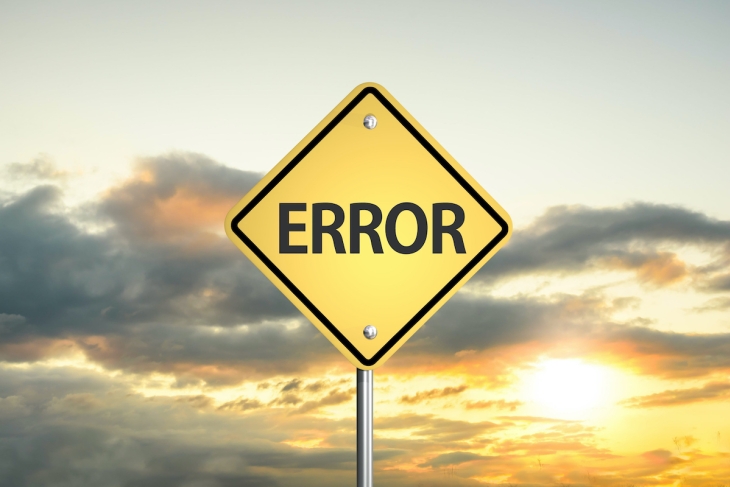Charter schools are increasingly under attack from the left. Schools that were an integral part of President Obama’s education agenda as recently as three years ago are now widely seen as the enemy of teachers unions. Presidential candidates such as Elizabeth Warren have publicly endorsed severely limiting these schools in favor of traditional education, and ending the federal Charter Schools Program (CSP), which grants funding to charter management organizations for the replication of successful charter school models throughout the nation.
Recently, the Network for Public Education (NPE) released a report that attempts to put another arrow in the quiver of charter opponents. This study ostensibly investigates the extent to which federal funds have gone to charter schools that closed their doors, or never opened to begin with that had previously received CSP funds. It is a follow-up to an earlier analysis by NPE that came under sharp criticism for sloppy research methods. Christy Wolfe pointed out that a number of schools that the report claims have closed actually remained open, as well as for mischaracterizing the grant-approval process within the Department of Education. Unfortunately, it appears this new iteration suffers from the same flaws. Indeed, rumors of the closure of many charter schools in the study have been greatly exaggerated.
We took a look at the list of schools for Wisconsin only, the state with which we are the most familiar. Of the 132 schools identified as closed, at least ten remain open and serving students today. Indeed, schools like Hmong American Peace Academy and Milwaukee College Prep 36th St. and North are among the highest performing schools in Milwaukee according to report cards. Because media reports are including the aggregate number of schools closed along with the aggregate cost, errors of this nature serve to seriously undermine the findings.
What appears to have happened here is that the authors of the report did not realize that charter schools sometimes change authorizers. When that happens, the manner that the schools are reported on DPI reports—such as report cards—changes. This glaring error suggests that the authors did not take the time to dive into the charter laws in each state they claim to investigate, and it would be worth the time for proponents of charters in other states to look for similar errors. As noted by Nina Rees, President of the National Alliance for Charter Schools, the Department of Education itself has reported a far lower rate of failure than what is suggested here, with about 1.7 percent of CSP-funded charters closing before their second year of operation.
Other problems are with schools that have converted back into public schools. Many of these schools were “charters in name only.” In Wisconsin, these instrumentalities of the school district face the same regulatory environment as traditional public schools: They have unionized teachers, little curriculum freedom, and the same level of per-pupil funding as other district schools. Such schools were created in large part to take advantage of CPS funding, and a number converted back to traditional public schools when the funding dried up. To include these schools as “failed” charters is questionable at best.
Schools listed as “closed” that operate today (Wisconsin)
|
School (Location) |
School (Location) |
|
|
Mead Elementary (Wisconsin Rapids) |
|
Class ACT (Park Falls) |
Milwaukee College Prep-36th Street (Milwaukee) |
|
Etude (Sheboygan) |
Milwaukee College Prep-North (Milwaukee) |
|
Island City Academy (Cumberland) |
Hmong American Peace Academy (Milwaukee) |
|
JEDI Virtual K12 (Whitewater) |
McKinley Academy (Manitowoc) |
|
Lincoln Inquiry School (Whitewater) |
*The Banner charter school is closed; another Banner school is open.
Of course, the federal government should not be in the business of giving money to charter organizations that never open. To the extent this has occurred, it is reasonable to offer critique and suggestions for improving the grant process. But if a charter school opens and later closes its doors, it is not necessarily a bad thing. As we see in many other markets, businesses close when they are not meeting the needs of their customers, for whatever reason. A 2018 report by the U.S. Department of Education found that many closed charter schools suffered from low enrollment or poor academic performance. Isn’t it better that students no longer attend these schools? A study from WILL and School Choice Wisconsin, where we work, examined school closure in a system where market forces are even more apparent—the Milwaukee Parental Choice Program. This study found that, over time, the quality of educational options available to students is improving due to the churning out of bad schools from the marketplace.
Whether one likes charter schools or not, it is important that the debate be conducted with honest information. The NPE report does not live up to this standard and ought to be discounted accordingly.


